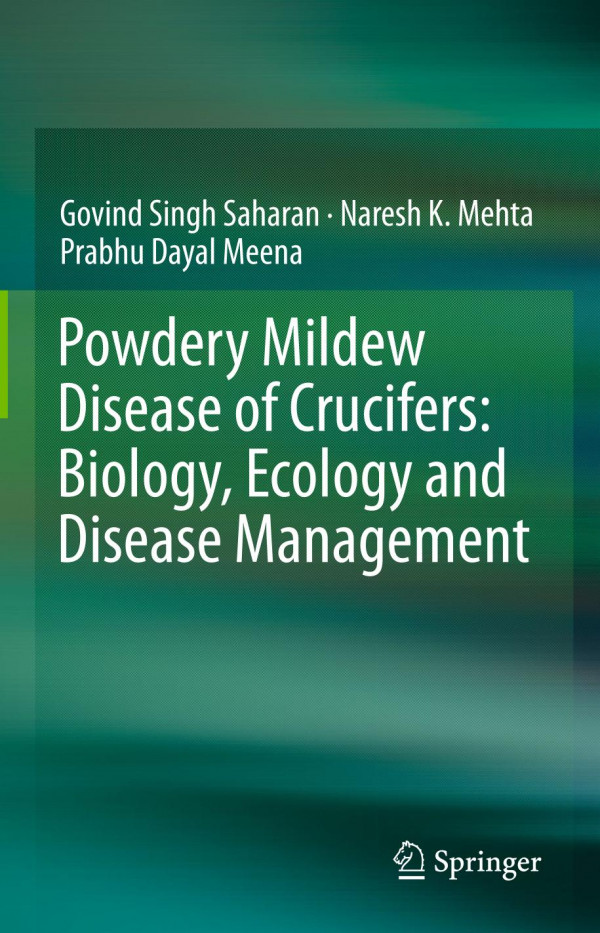

Most ebook files are in PDF format, so you can easily read them using various software such as Foxit Reader or directly on the Google Chrome browser.
Some ebook files are released by publishers in other formats such as .awz, .mobi, .epub, .fb2, etc. You may need to install specific software to read these formats on mobile/PC, such as Calibre.
Please read the tutorial at this link: https://ebookbell.com/faq
We offer FREE conversion to the popular formats you request; however, this may take some time. Therefore, right after payment, please email us, and we will try to provide the service as quickly as possible.
For some exceptional file formats or broken links (if any), please refrain from opening any disputes. Instead, email us first, and we will try to assist within a maximum of 6 hours.
EbookBell Team

5.0
98 reviewsPowdery mildew disease is the fourth most widespread disease in cruciferous crops and a devastating effect, causing significant losses in terms of quality and quantity in rapeseed and mustard. Powdery mildews are also a favourable host-pathosystem model for basic research on host–parasite interactions, developmental morphology, cytology, and molecular biology to identify the effector proteins/genes governing different biological functions.
This book provides a comprehensive overview of all the published information in the field for researchers, teachers, students, extension experts, industrialists and farmers, and includes illustrations, photographs, graphs, figures, tables, histograms, micrographs, electron micrographs, and flow charts to aid understanding. It also describes standardized reducible techniques. The book discusses each disease in detail, describing the distribution, symptomatology, host range, yield losses and disease assessment, as well as the taxonomy, morphology, phylogeny, variability, sporulation, survival and perpetuation of the pathogen. Further, it explores topics such as spore germination; infection; pathogenesis; disease cycle; epidemiology; forecasting; fine structures; host resistance; biochemical, histological, genetic and molecular aspects such as cloning and mapping of R genes; sources of resistance; disease resistance breeding; and the genetics of host-parasite interactions and disease management.